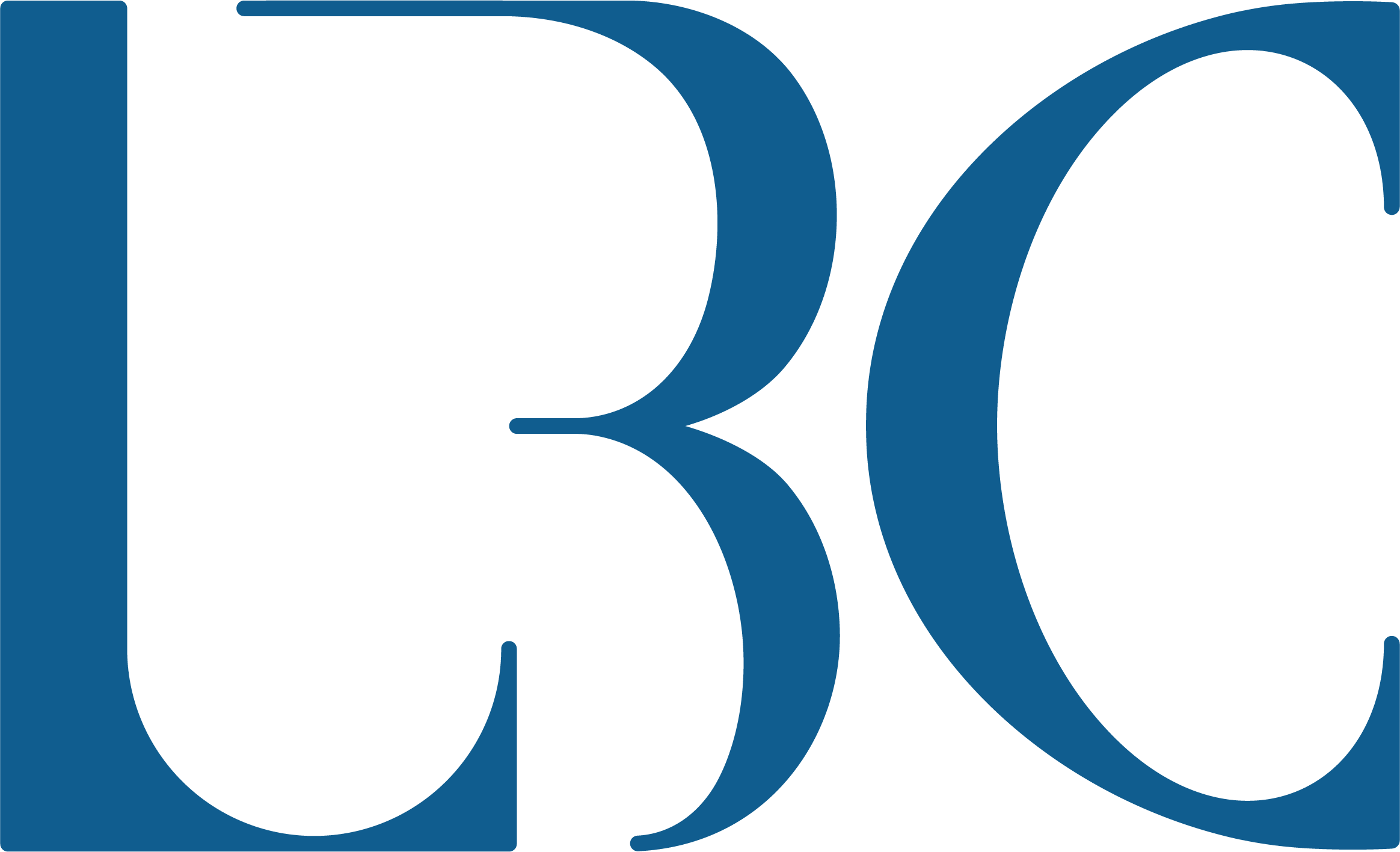
Every four years, the United States repeats a cycle of progression and recession before each election. People frequently change their party affiliations and political status quo. Although third-party candidates briefly benefit from these fluctuations, they ultimately remain outsiders in the electoral process. The question that remains is, what draws us in and why they never win.
Third-party candidates may gain temporary traction during political shifts but face enduring challenges from the two-party system. Initial surges in support often wanes as elections near, driven by strategic voting and systemic barriers.
Understanding this shift is crucial for addressing voter behavior and exploring the potential benefits of a more competitive multi-party system.
Initially, American voters may be drawn to third-party candidates who promise a departure from the two-party system, with frustration toward the major parties often fueling this early support.
A Gallup poll from October 2023 revealed that 63% of American voters believe the Republican and Democratic parties do “such a poor job” representing the American people that a third major party is needed.
As elections approach, voters often gravitate to major-party candidates due to strategic voting, media bias and practical challenges. The fear of “wasting a vote” leads many back candidates with a higher chance of success.
Research shows that most independents lean toward major parties, with only 9% truly independent and just 10% of voters changing party allegiance between elections.
Third-party candidates face significant obstacles like limited media exposure, strict debate criteria and financial disparities. Robert F. Kennedy Jr. has criticized the media for a “blackout,” highlighting the difficulties in gaining visibility.
These structural challenges are not mere hurdles; they reflect a system that favors major parties and maintains the status quo. While third parties offer fresh perspectives, they remain marginalized.
As an American citizen, I have often felt frustrated by the choices offered by the major parties and considered supporting third-party candidates. However, I have typically opted for safer options rather than voting third party.
Daniela Portillo, a student at Cal Poly Pomona said, “Due to the two major party systems, it does make me feel less inclined to be involved with third-party candidates because they are seen as a wasted vote. I have always heard that saying my entire life and it influences me too much.”
Discontent with both parties has risen from 6% in 1994 to 27% today. Pew Research Center reports that many Republicans and Democrats cite the opposing party’s policies as reasons for their affiliation.
A multi-party system could boost competitiveness, turnout and satisfaction by providing more choices. Lee Durham’s “Two-Party Loop” supports electoral reform, noting that multi-party democracies often achieve higher turnout rates and better representation. Yet, its feasibility remains uncertain.
Each election season, third-party candidates gain traction from voter discontent and a desire for alternatives. As the election nears, enthusiasm often dwindles.
Despite its appeal, a multi-party system is unlikely to become viable soon. Independent parties are not equipped to thrive within our current system, rendering a multi-party system impractical. As long as our current party system framework endures, I will never vote third party.











